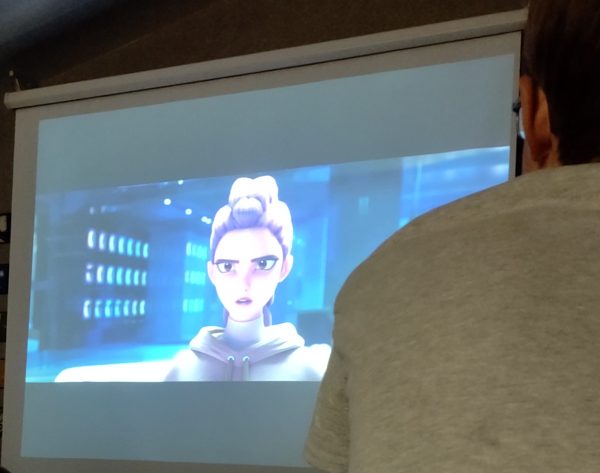Free education comes at a price
December 7, 2016
Textbooks: $78. $35 for a mandatory CTE class. $20 for a class you can’t live without. $3.35 for every lunch you’d like to have, and if you’re eating lunch every day that’s around $675 a year. Don’t forget notebooks, books, pencils, and graphing calculators! Year after year we put money into our schooling. What does it mean for students who can’t afford all of these items?
In the state of Utah very person has a right – from Kindergarten to 12th grade – to a free public education. In a school where 23% of the student body is economically disadvantaged (statistic taken by a 2014 report done by US News), it is hard to guarantee equal opportunities to all of its students due to money reasons.
This directly impacts their chances of getting into college, because classes that are challenging such as Advanced Placement courses that are aimed to prepare students for college cost around $93 a test. Taking the ACT a second time around is about $58.50, and taking the SAT is $57. Not to mention that applying for certain colleges, that you aren’t guaranteed acceptance to, costs a large sum of money as well.
Now, take away college classes and standardized testing and just focus on required classes for a moment. To take a photography class (for a required CTE credit) is $35.
Most CTE classes are priced just the same, and to take an art class you are forking over a range of money from $5-20 depending on the class.
If you struggle financially you can kiss extracurriculars good-bye! In an estimate given by senior class President Camry Pula, it is estimated that being on the cheer squad cost about $2,000 and her classes this year cost around $120 for basic fees.
This is especially hard on students who can’t afford their classes because it means they have to give up their passions and instead take regular core classes or even drop out because they’d rather work and earn money instead.
To fix this issue, Granite School District has a system in place that most students know as “fee waiver”. Qualifying students can receive free lunch and deal with fees at a reduced price.
While fee waiver does help, it doesn’t eradicate the problem entirely. It is, however, possible that in the future we could have an entirely free education system.





